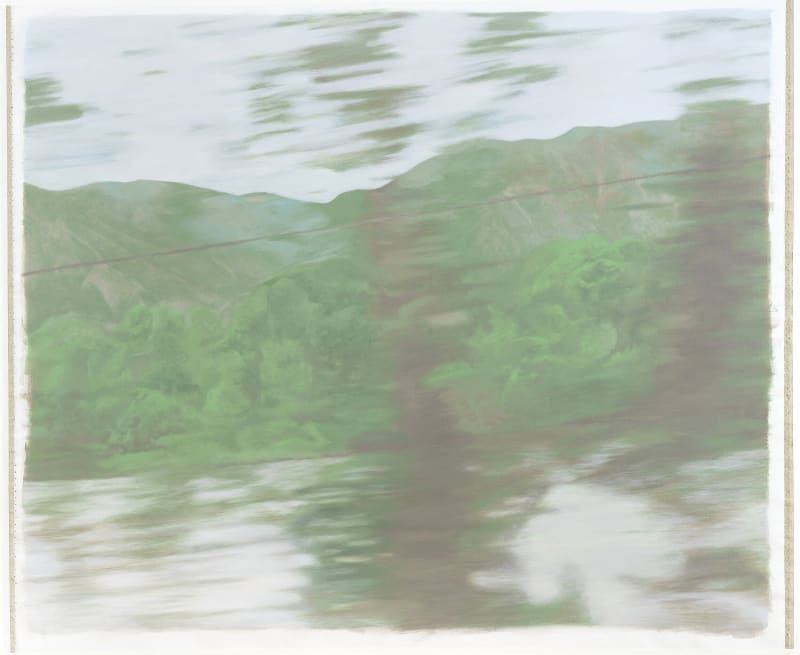By Yunkyoung Kim
Sunny Kim’s works or whenever I came across any comments on her works. For a long time now, her works had been labeled to only depict 1.5 generation immigrants, school girls and school uniforms. It seemed to me that such labeling restricted or reduced the artist’s original intent or that of the critics interpreting her work. The time Sunny Kim began introducing her work in Korea was during a period when the gale of late post-modernism and a massive inflow of discourse tended to confine the interpretation of the artist and their work into a standardized framework. As the audience, now with a greater power than ever, tailored and labeled artists, Sunny Kim’s works were also assigned their place. Ironically, that assignment has now become the keyword in theoretically defining the context of her works.
The interesting thing is that despite such misunderstanding and misreading, most of the images and symbols that persisted throughout Sunny Kim’s works did not originate from her actual or direct experiences and memories, similar to the viewers experiencing her works indirectly through a preexisting framework. Those images and symbols, although pursued by the artist, were eventually unfulfilled and thwarted. They, because they did not exist, could not be touched nor obtained. They are something perfect which only exists in a place that can never be reached. They had been sealed within her everlasting anticipation or maybe in her memories, in the form of the most vivid and perfect images. Could this be the reason why Sunny Kim’s characters and landscapes felt like still life displayed in a showcase? It is this context, her works, having smooth and neat finishes, perceived to be lacking the artist’s warmth or breath, or felt as subjects detached in distance, can be understood. This idiosyncrasy also continued through her 2006 exhibition.
In her exhibition ‘Second Thought’, the first since her last show in 2010 – when she introduced works where people and landscape coexisted – she uses a different brushstroke technique and ‘Line’ (2013) stands out among her new works. For Sunny Kim, ‘Line’ plays an important role in representing an opportunity for the first time in her career to finally remove that transparent, objective wall that had always stood in her way. It was her first attempt in expressing her emotions being faced with the actual landscape itself, from the memories of feelings acknowledged within herself. This, however, does not mean that such a change is the theme of the exhibition. Rather, as the title suggests, the exhibition openly shows, in a somewhat distracted manner, the artist’s thoughts and concerns which continue to occupy her.
Landscape without people. Carefully displayed objects. iPhone snapshots. Yet, this exhibition cannot be simply criticized as being ‘distracted’ due to the artist’s willingness to expose her state of mind. This attitude materializes in ‘Line’. This change, perhaps caused by the humbleness and loneliness felt when facing Tumen River – a place that only existed in her imagination as a symbol of strength – by the artist who had always dreamt of the ‘perfect image’, is the reason that makes me eagerly anticipate her future work.

